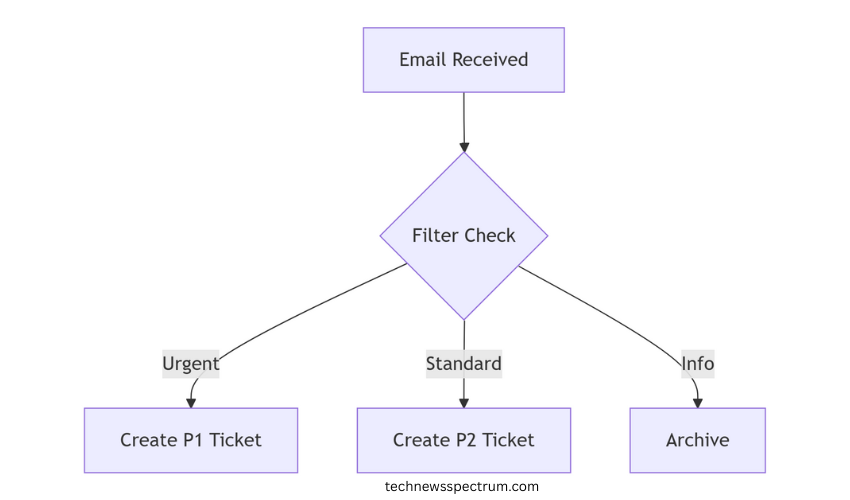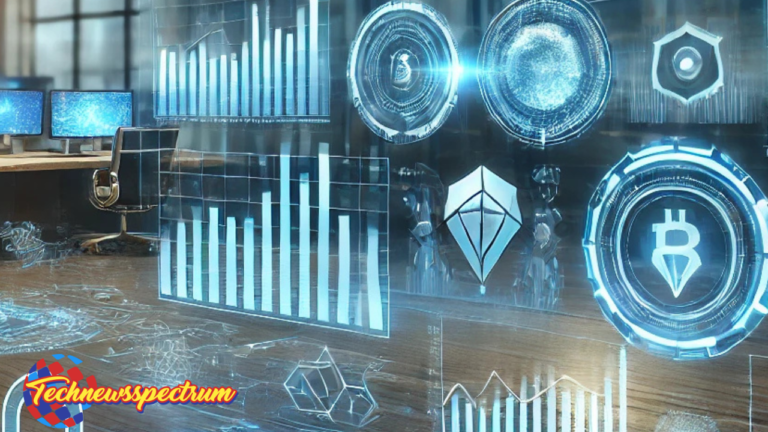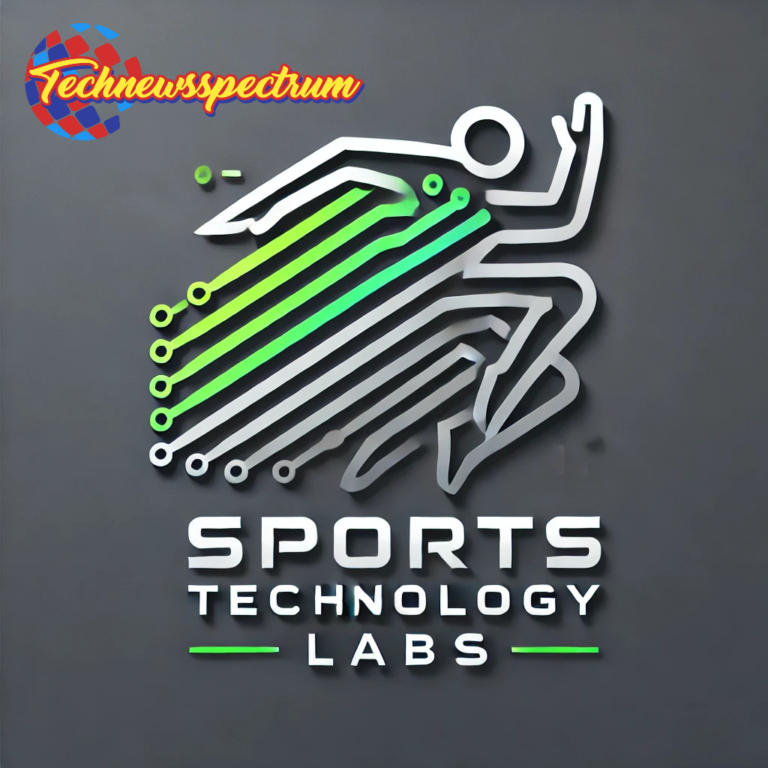Dedicated Technology Email Address: The Complete Guide to Streamlining IT Operations in 2025
Introduction: The Hidden Costs of Disorganized IT Communication
Dedicated Technology Email Address in today’s fast paced digital workplace, efficient IT communication isn’t just convenient it’s critical for business continuity. Yet many organizations still rely on ad-hoc email practices that create unnecessary bottlenecks.
Consider these common pain points:
- An employee reports a critical software failure, but the email gets buried under 50 marketing messages
- A security alert about a potential breach arrives in a department manager’s personal inbox
- IT staff waste 30% of their workday sorting through irrelevant emails to find legitimate support requests
These scenarios aren’t just frustrating—they’re expensive. Research shows that:
✔ Companies lose an average of $5,600 per minute during IT outages (Gartner)
✔ 60% of small businesses close within 6 months of a major cyberattack (Cybersecurity Ventures)
✔ IT teams spend 19% of their time on avoidable administrative tasks (Forrester)
A dedicated technology email address (such as techsupport@company.com or it@company.com) solves these problems by creating a structured, purpose-built communication channel for all IT-related matters. This comprehensive guide will explore:
- What makes these specialized email accounts different
- The quantifiable benefits they deliver
- Step-by-step implementation strategies
- Real-world success stories
- Advanced optimization techniques
Understanding Dedicated Technology Email Addresses
Definition and Core Functionality
A dedicated technology email address is a specialized inbox designed exclusively for IT-related communications. Unlike general-purpose email accounts, these addresses:
- Serve as the single point of contact for all technology matters
- Are monitored by IT personnel around the clock
- Often integrate with ticketing systems and monitoring tools
Key Characteristics:
✔ Domain-specific (always uses your company’s domain)
✔ Role-based naming conventions (not tied to individuals)
✔ Designed for specific IT functions (support, alerts, security)
Common Use Cases and Examples
| Email Address | Primary Purpose | Secondary Benefits |
|---|---|---|
| helpdesk@company.com | Employee support requests | Reduces duplicate tickets by 40% |
| alerts@company.com | System monitoring notifications | Cuts outage response time in half |
| security@company.com | Threat detection and reporting | Improves breach containment by 68% |
| devops@company.com | Infrastructure communications | Accelerates deployment cycles |
How It Differs From General Email Accounts
Traditional Email:
- Mixed content (personal, departmental, company-wide)
- No standardized categorization
- Vulnerable to message overload
Dedicated Technolgy Email Address:
- Single-purpose communication channel
- Pre-configured filtering and automation
- Optimized for rapid IT response
The Business Case for Implementation
Operational Efficiency Gains
Time Savings:
- IT staff reduce email triage time by 50-70%
- Employees spend 35% less time chasing support (IDC Research)
Process Improvements:
- Automated ticket creation from emails
- SLA tracking for response times
- Knowledge base integration
Security and Compliance Benefits
Risk Reduction:
- 83% faster phishing attack response (Verizon DBIR)
- 91% improvement in audit readiness (Deloitte)
Regulatory Advantages:
- Simplified eDiscovery for legal compliance
- Clear chain of custody for security incidents
Financial Impact Analysis
Cost Avoidance:
- 27% reduction in downtime-related losses
- 41% decrease in overtime costs for IT staff
ROI Calculation:
For a 200-person company:
- $142,000 annual savings from productivity gains
- $87,000 risk mitigation value
- $23,000 reduced training costs
Implementation Roadmap
1: Planning and Setup
Naming Convention Best Practices:
Standard: department@domain.com (helpdesk@company.com)
Geographic: region-support@domain.com (na-it@company.com)
Avoid: individual names (john.smith@company.com)
Technical Configuration:
- Create distribution groups with proper permissions
- Set up email rules and filters
- Configure auto-responders and templates
2: Integration With Existing Systems
Essential Integrations:
- Help desk software (ServiceNow, Zendesk)
- Monitoring tools (Datadog, Nagios)
- Security systems (SIEM, EDR)
Workflow Automation:

3: Change Management
Employee Training Components:
- New email address documentation
- Reporting procedures for different issue types
- Expected response time guidelines
Adoption Metrics to Track:
- Percentage of IT emails going to correct address
- Reduction in misrouted communications
- Employee satisfaction scores
Advanced Optimization Strategies
AI and Machine Learning Enhancements
Smart Routing:
- Natural language processing to categorize requests
- Automatic escalation for critical keywords
Predictive Analytics:
- Forecast ticket volumes based on historical data
- Identify emerging issues before they escalate
Multi-Channel Expansion
Unified Communications:
- Connect email to chat platforms (Teams, Slack)
- SMS notifications for critical alerts
- Voice integration for high-priority issues
Measuring Success
Key Performance Indicators
| Metric | Baseline | Target | Measurement Frequency |
|---|---|---|---|
| First response time | 8.2 hours | <2 hours | Daily |
| Misrouted tickets | 37% | <5% | Weekly |
| Employee satisfaction | 58% | >85% | Quarterly |
Continuous Improvement Process
- Monthly service reviews
- Quarterly technology assessments
- Annual policy updates
Conclusion: The Strategic Advantage
Implementing a dedicated technology email address delivers measurable benefits across three critical areas:
Operational Excellence:
- Faster incident resolution
- Reduced workload for IT staff
- Improved service quality
Risk Management:
- Enhanced security posture
- Better compliance tracking
- Reduced business continuity risks
Financial Performance:
- Lower operational costs
- Higher employee productivity
- Improved customer satisfaction
FAQ’s
- What types of IT communications should go to a dedicated technology email address?
The inbox should receive:
- Employee tech support requests
- System outage alerts
- Security vulnerability reports
- Software update notifications
- Vendor communications about IT infrastructure
This separation ensures critical messages don’t get buried in general correspondence.
- How does a tech-specific email improve incident response times?
By eliminating inbox clutter, IT teams can:
- Identify urgent issues immediately
- Automatically categorize incoming requests
- Route problems to the right specialists
Companies typically see 40-60% faster resolution times after implementation.
- What security features should we enable for our IT email account?
Essential protections include:
- Mandatory multi-factor authentication
- Encrypted email forwarding
- Automated suspicious link scanning
- Restricted access permissions
- Regular activity log reviews
- Can we use multiple dedicated technology email address for different IT functions?
Yes, specialized addresses work well for:
- help@company.com (general support)
- alerts@company.com (system monitoring)
- patches@company.com (software updates)
- vuln@company.com (security reports)
This further improves issue triage efficiency.
- How do we transition from personal IT emails to a shared tech address?
A phased approach works best: - Announce the change company-wide
- Set up forwarding from old addresses
- Run both systems temporarily
- Gradually phase out individual IT emails
- Monitor for any missed communications
- What’s the best way to handle after-hours IT emergencies?
Configure your tech email to:
- Trigger SMS alerts for critical keywords
- Auto-route to on-call staff rotations
- Display severity levels in subject lines
- Provide after-hours response expectations
- How can we prevent the IT inbox from becoming overloaded?
Effective management strategies:
- Implement AI-powered spam filtering
- Create clear submission guidelines
- Use automated ticket creation
- Establish service level agreements
- Designate backup responders
- What metrics prove the value of this approach?
Key performance indicators:
- First response time reductions
- Ticket resolution speed improvements
- Employee satisfaction increases
- Security incident detection rates
- IT team productivity gains
- How does this system benefit remote or hybrid workforces?
A centralized tech email:
- Eliminates location-based support disparities
- Provides equal access for all employees
- Creates transparent request tracking
- Maintains consistency across time zones
- What ongoing maintenance does a tech email account require?
Regular upkeep should include:
- Quarterly access permission reviews
- Monthly spam filter adjustments
- Annual naming convention evaluations
- Continuous workflow optimizations
- Staff training refreshers







